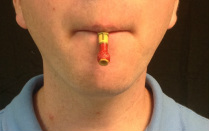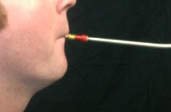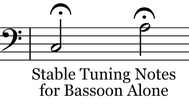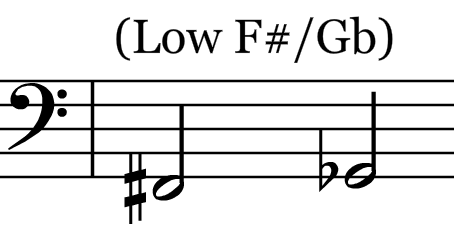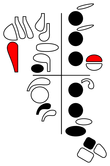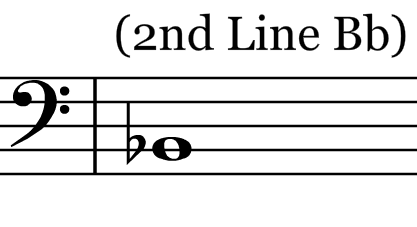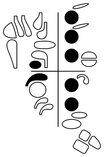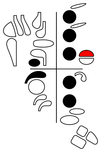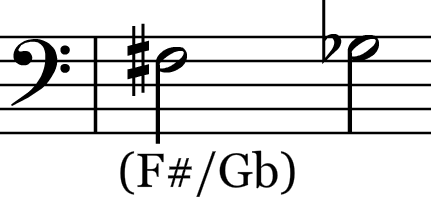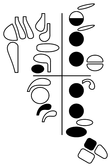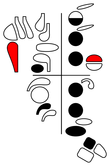DISCLAIMER: The quality of equipment (instrument, reed, mouthpiece, ligature) has a very big impact on intonation. If the equipment is not in working order, the information and techniques on this webpage will not be as effective.
Embouchure Check!Your embouchure formation can either help or hurt your pitch accuracy. Here is a brief reminder about how you should form your embouchure:
The bassoon embouchure is an overbite where the lower jaw is slightly behind the upper jaw. The lips are in a 'whistle' formation with little tension. |
The CrowNext, let's make sure that your reed is in good working order. The reed is another factor that effects intonation immensely.
A well balanced reed will make a good 'crow' sound. The 'crow' is a multi-pitched sound with low, mid and high tones. Listen to the example on the right and create the sound that you hear. |
How To Tune the Bassoon
Once you have reviewed and practiced your embouchure formation, tune your bassoon using the procedure listed below:
1) Play your bassoon for a few minutes to warm up your embouchure muscles and the instrument.
How To Adjust Pitch While Playing The Bassoon
Even after tuning our instrument, there will still be notes that are naturally out-of-tune for various reasons. This makes it necessary for us to adjust, or manipulate, the pitch while playing. Here are some simple ways to adjust pitch:
Lip Tension and Vowels
|
Alternate/Resonance FingeringsFor many notes that tend to be out of tune, you can add or subtract keys to adjust the pitch. A few examples are listed below in the "alternate fingerings" section.
|
Amount of Reed in Mouth
|
Other Factors Effecting Pitch
Reeds
Pads and Keys
Breath Support/Posture
|
Bocal
Temperature
Dynamics
|
Pitch Tendencies
Every instrument has notes that are naturally out of tune. Here is a list of common naturally out-of-tune notes for the bassoon:
Alternate Fingerings
Listed below are alternate fingerings for a few of the naturally out-of-tune notes on the bassoon. For many out-of-tune notes on the bassoon, pitch is adjusted using lip tension, air stream and the amount of reed in the player's mouth. This is not a complete list, however, these fingerings will be helpful.
Note |
Primary Fingering |
Alternate Fingering |
Comments |
Video Resources for Bassoon Intonation
|
|
|
